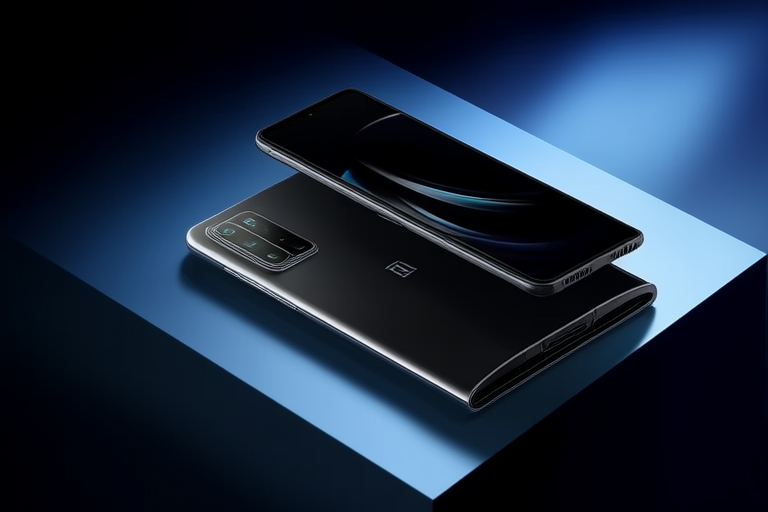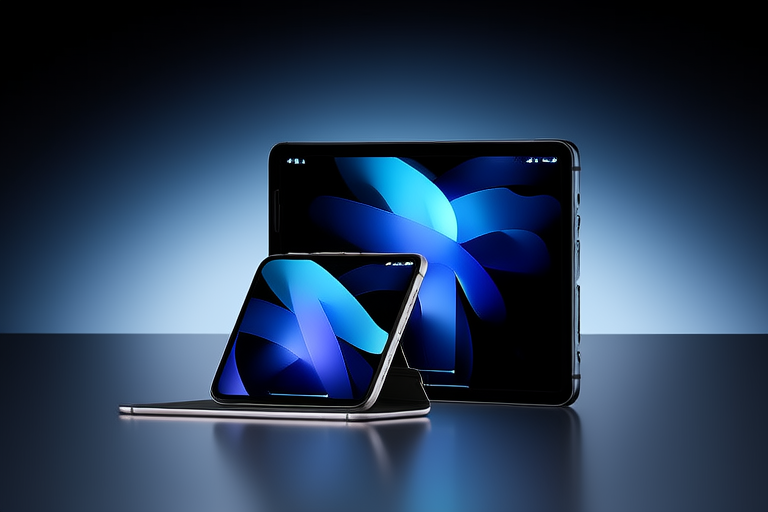“`html
Top Features to Look for in the Next-Gen Smartphone and Tablet Models
Introduction
The rapid advancements in smartphone and tablet technology have transformed the way we interact with digital devices. Consumers are increasingly seeking cutting-edge features that enhance performance, usability, and user experience. As new models hit the market, it’s crucial to stay informed about upcoming trends and innovations. This article highlights the key features to consider when choosing the next generation of smartphones and tablets.
Key Features to Consider
Display Technology
Advancements in display technology have significantly improved the visual experience on smartphones and tablets. Technologies like OLED, AMOLED, and mini LED displays offer superior color accuracy, contrast ratios, and energy efficiency. These displays provide deeper blacks, brighter whites, and more vibrant colors, making them ideal for media consumption and professional use.
Foldable or flexible screens represent another exciting development. These innovative designs allow users to enjoy large-screen experiences while maintaining portability. Devices like Samsung’s Galaxy Fold and Huawei’s Mate Xs showcase the potential of this technology, offering a seamless transition between compact and expanded modes.
Processor Performance
Powerful processors are essential for ensuring smooth multitasking, gaming, and overall system responsiveness. The latest chipsets from manufacturers such as Qualcomm, Apple, and MediaTek incorporate advanced architectures and optimizations. For instance, Apple’s A-series chips are renowned for their balance of performance and efficiency, while Qualcomm’s Snapdragon series offers robust processing power for gaming and multimedia tasks.
ARM and x86 architectures each have their strengths. ARM-based processors are generally more energy-efficient, making them ideal for mobile devices where battery life is critical. In contrast, x86 processors, commonly found in laptops and desktops, offer higher performance but consume more power. Understanding these differences can help consumers choose the right processor architecture for their needs.
Battery Life and Charging Solutions
Battery life remains one of the most significant challenges in mobile devices. Manufacturers are addressing this issue through larger batteries, more efficient power management, and advanced charging technologies. Wireless charging and fast charging solutions, such as USB-PD and Qi, enable users to quickly replenish their devices’ power.
Software optimizations also play a crucial role in extending battery life. Operating systems like Android and iOS incorporate features that reduce power consumption during idle periods and optimize background processes. Additionally, adaptive brightness settings and dark mode interfaces contribute to longer battery life by reducing screen power usage.
Camera Capabilities
The camera has become a central feature in modern smartphones and tablets. Advances in camera hardware and software have led to multi-lens setups, enhanced image stabilization, and computational photography techniques. These innovations enable users to capture high-quality photos and videos even in challenging lighting conditions.
Features like night mode, portrait mode, and augmented reality (AR) capabilities further enhance the camera’s versatility. Night mode allows users to take clear and detailed photos in low-light environments, while portrait mode provides professional-grade depth-of-field effects. AR capabilities enable immersive experiences, such as virtual try-ons and interactive games.
Connectivity Options
The evolution of connectivity options has significantly impacted the performance and functionality of smartphones and tablets. 5G technology promises faster download speeds, lower latency, and greater network capacity, making it ideal for streaming, gaming, and remote work. Wi-Fi 6/6E and Bluetooth 5.2 further enhance connectivity by providing faster and more reliable connections.
Reliable and fast connections are essential for seamless streaming, real-time collaboration, and immersive gaming experiences. Users who prioritize connectivity should look for devices that support the latest standards and offer robust antenna designs for optimal signal reception.
User Interface and Software
The user interface and software play a vital role in enhancing the overall user experience. Modern operating systems incorporate advancements in gesture controls, voice assistants, and AI-driven personalization. These features make devices more intuitive and easier to use.
Regular software updates and long-term support are equally important. They ensure that devices remain secure, up-to-date, and capable of running the latest applications. Users should consider the manufacturer’s commitment to providing timely updates and extended support periods when selecting a new device.
Durability and Build Quality
Trends in device durability focus on water and dust resistance, reinforced glass, and durable frames. These features protect against accidental drops, spills, and environmental hazards, extending the lifespan of the device. Sustainable materials and eco-friendly manufacturing practices are also gaining importance as consumers become more environmentally conscious.
When choosing a new smartphone or tablet, consider devices that meet the IP68 or IP67 water and dust resistance ratings. These certifications indicate that the device can withstand immersion in water and exposure to dust for extended periods.
Security Features
With the increasing prevalence of cyber threats, security features have become a top priority for many users. Biometric authentication, such as fingerprint sensors and facial recognition, provides convenient and secure access to devices. Encryption and secure boot processes further protect user data from unauthorized access.
Hardware-based security features, such as trusted execution environments (TEEs) and secure enclaves, offer additional layers of protection. These features ensure that sensitive information, such as passwords and financial data, remains secure even if the device is compromised.
Conclusion
In conclusion, the next generation of smartphones and tablets will continue to push the boundaries of innovation. By considering features such as display technology, processor performance, battery life, camera capabilities, connectivity options, user interface and software, durability, and security, consumers can make informed decisions that align with their needs and preferences.
Stay informed about the latest developments in technology to ensure that your next device meets your expectations for performance, usability, and user experience. Whether you’re a casual user or a power user, there’s a device out there that can elevate your digital experience to new heights.
“`




